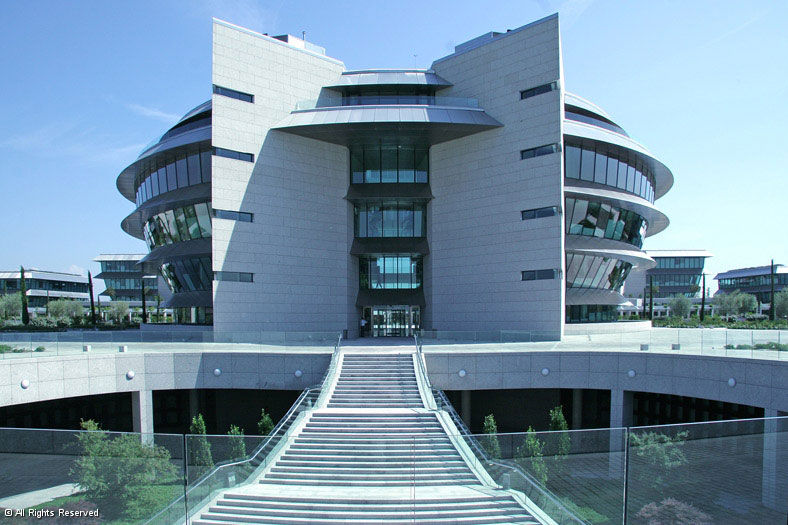Emerging markets face another wave of ratings downgrades next year, with the Africa/Middle East region potentially given a ‘negative outlook’ and Brazil at risk of a cut to junk, Fitch Ratings’ top sovereign analyst said in an interview.
Depressed commodity prices combined with mediocre global growth and the approach of the first US interest rate rise in almost a decade are posing a threat to the ratings of developing countries, James McCormack, Fitch’s head of sovereigns, told Reuters.
The agency has cut the ratings of 12 commodity exporting emerging economies already this year, and 14 countries, including big names such as Brazil, Russia, South Africa and Nigeria are currently on downgrade warnings–or negative outlooks in rating agency parlance. Next year looks likely to be a similar story.
“I think that is a pattern we are going to continue to see into next year,” McCormack said.
“The Middle East and Africa is the region that will see the most downgrades. We have never had this region on negative outlook (where more than 20% of sovereigns have negative outlooks), but it is something we could do.”
For investors, one of the most pressing issues is that many of the big emerging markets are now teetering on the cusp of junk status after roughly a decade of investment grade benefits.
Brazil Most Vulnerable
Fitch is the only one of the big three rating agencies that classes Russia as investment grade. All eyes are also on it to see if it follows S&P and cuts Brazil, also at the lowest investment rating BBB-, to junk.
Such a move could wipe over $20 billion off the value of Brazilian bonds, JPMorgan has predicted.
“Brazil looks to be the most vulnerable (to losing investment grade),” McCormack said, citing the country’s lack of fiscal consolidation as the biggest cause for concern.
“We will look at it again in early 2016. When things are deteriorating we need to look more frequently. It has only been a couple of months (since the last downgrade in October) but so far we haven’t really seen any improvement.”
Ranked a notch higher at BBB, South Africa, which is seeing growth sapped by the commodity slump, inflation and electricity problems, is suffering “a slow and steady deterioration” in its finances.
“In some respects Russia looks the least vulnerable,” to losing investment grade, McCormack said, adding its response to the low oil prices has been better than AA Saudi Arabia’s “rather modest” cuts to its budget.
Normalization
Since the taper tantrum in May 2013, volatility in emerging markets assets picked up markedly and emerging market currencies in particular took the brunt.
The fallout of the Fed starting to phase out its unorthodox accommodative monetary policy resulted in risk premia trading over 100bps higher in emerging market hard currency bonds and over 150bps in local rates on average. Real effective exchange rates of commodity exporting economies have weakened over 20%, Michael Ganske wrote for Investment Week.
The next ‘stepping stone of fear’ is the expectation that the Fed will enter a hiking cycle in December and that this will have further negative ramifications for capital flows into emerging markets.
Also, mixed data flow from China indicates the rebalancing of the economy is causing a sharper growth slowdown than originally expected and is fueling fears that growth in the emerging world could continue to soften.
The emerging market bears are arguing that the asset class is facing a perfect storm of sluggish growth, high private sector leverage (built up in many countries during the period of global QE) and consequently, increased refinancing needs in a world of interest rate normalization.
They also see the recent wave of rating downgrades of several emerging market sovereigns as an indicator that the asset class is on a deteriorating path.


